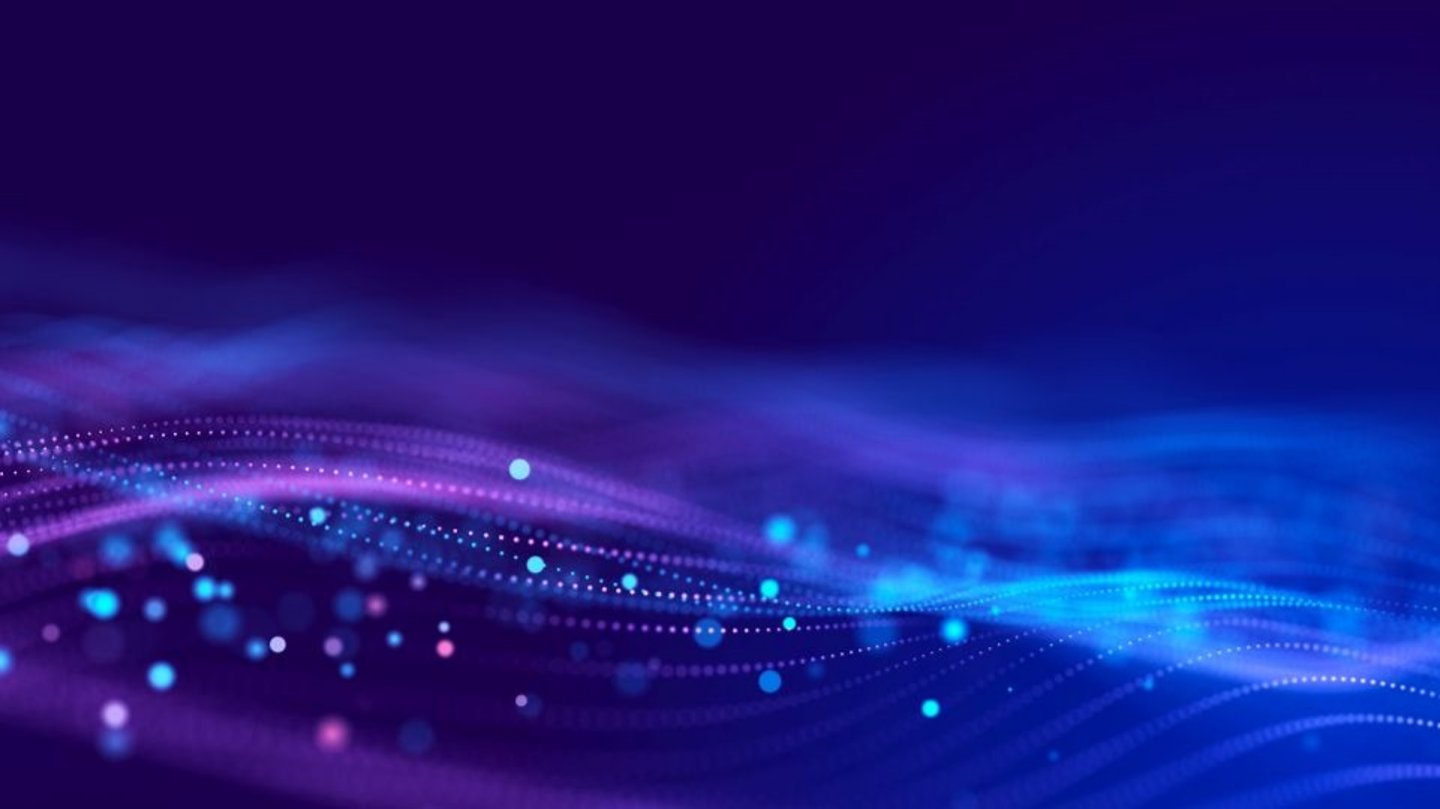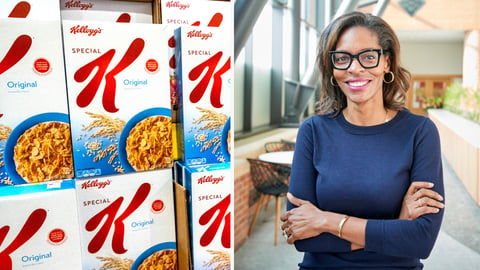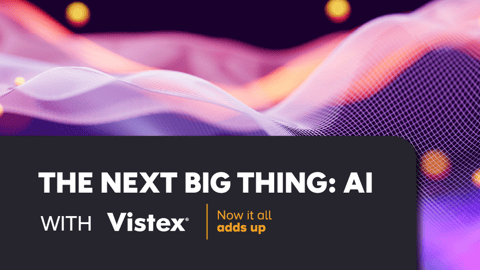The New CPG Growth Formula: Volume, Velocity and Value Through Digital and Data
Consumer goods companies are signaling a strategic shift: the era of price-driven decision-making is giving way to a focus on long-term, sustainable growth.
At CAGNY 2025, the message was clear: The price-led playbook is aging out. After years of inflation-fueled gains, CPG leaders are pivoting to sustainable volume, brand strength and operational agility.
Having absorbed insights from 30-plus CEO presentations, we saw one common thread: Growth in this era will come from scaling growth platforms.
Here’s how it breaks down.
Why Change Is Needed
After a period of pandemic-driven disruption and inflation-fueled pricing, the industry is entering a new phase — one where sustainable, volume-led growth is the imperative.
To deliver total shareholder returns (TSR), the focus is shifting to:
- Driving category and market share growth through volume and mix
- Investing in R&D to fill whitespaces through breakthrough innovation
- Increasing marketing spend to support innovation launches and demand creation
To fund this, CPGs are unlocking productivity to fuel reinvestment.
Where CEOs Are Betting
CEOs are making focused bets across five key levers:
1. Category Management
Top CPGs are going category-first, aligning with retailers’ and shoppers’ needs and channel realities. This earns retailer trust and disproportionate influence, often stepping into category captain roles that far exceed their share of volume.
This shift is enabled by sharper insights that uncover whitespaces, optimize assortments and guide SKU rationalization without compromising distribution. It’s backed by channel-led innovation, localized RGM, and dynamic omnichannel execution that stays consistent across shelf, screen and store.
2. R&D
Top-performing CPGs are raising R&D investment — up to 3% of sales — to drive faster, smarter innovation aligned to shopper missions and channel realities. To boost precision and reduce risk, they’re using Gen AI for concept creation, design-to-value to optimize cost, consumer twins for in-silico testing, and clean rooms for targeted, retail-aligned launches.
The new model focuses on category-expanding innovation and channel-specific formats enabled by faster test-and-learn cycles and retailer co-creation.
3. Marketing
Marketing is getting a reset with smarter investments and less waste. Budgets are rising, but it’s not about spending more; it’s about spending better. By cutting non-working media and duplication, CPGs are freeing up funds for innovation and high-impact activations.
To scale personalization and cultural relevance, leaders are building global AI studios and adopting a common effectiveness framework, enabling smarter targeting, faster creative development and real-time optimization across markets.
They’re also breaking down silos by rebuilding shared data foundations, using clean rooms for secure retailer collaboration and consumer twins to pre-test ideas before launch.
4. Supply Chain
The supply chain is being retooled to sense, respond and scale. CPGs are moving from siloed planning to connected, end-to-end orchestration, linking sales, marketing and supply to detect demand shifts, price gaps or inventory buildups early and act fast.
It’s no longer just about supply-side visibility. Leaders are building smarter sensing from both ends — tracking elasticity, promo effectiveness and sell-out velocity, while staying tuned to consumer sentiment and purchase behavior.
They’re unlocking capacity through predictive maintenance, deploying robotics for 24/7 operations and using route optimization to speed up delivery and reduce cost.
5. Omnichannel Execution
Winning the shelf now means winning the shelf, the screen and the scroll — all at once. CPGs are dialing up unmissable visibility by optimizing the digital shelf, activating seamlessly across store, site, social and search, and closing the retail media loop to drive conversion.
Leaders are using loyalty and purchase data to sharpen targeting, scaling e-B2B for 24/7 trade, and unifying physical and digital execution to ensure consistent brand presence wherever shoppers engage.
Digital & AI Themes
CPGs are embedding AI and digital capabilities across the five levers:
- Category Management: AI enables smarter assortments, dynamic pack-price strategies and personalized RGM.
- R&D: Gen AI accelerates concept creation, design-to-value optimizes cost, consumer twins support rapid in-silico testing and clean rooms enable targeted launches.
- Marketing: AI Studios automate creative testing, optimize content and power precision targeting, enhanced by clean rooms and consumer twins for retailer collaboration and real-time validation.
- Supply Chain: Predictive AI drives autonomous planning, plant maintenance and operations, freeing capacity and boosting agility.
- Omnichannel Execution: AI sharpens the digital shelf, retail media and e-B2B engagement for unmissable visibility.
Backed by connected data, agile teams and test-and-learn loops, these capabilities fuel sales, margins, and free cash flow, driving TSR.
The Road Ahead
CPGs are shifting from reactive moves to long-term investment in growth engines. The winners will be those who scale execution excellence, unlock data-powered insights and build the digital muscle to stay ahead of change.
Let’s talk about how you can move from insight to impact.
Venky Ramesh is the VP, Business Consulting Head of consumer industries at EPAM Systems. Sameer Mansukhani is the managing principal for CPG business consulting.




